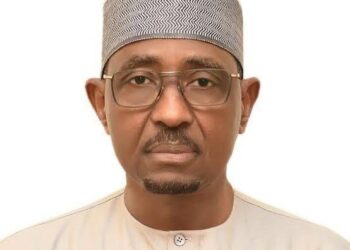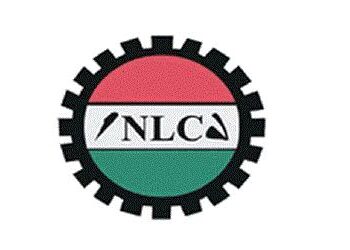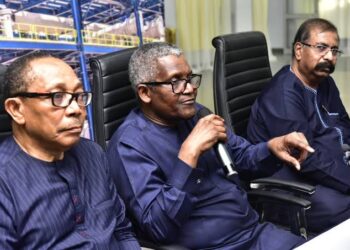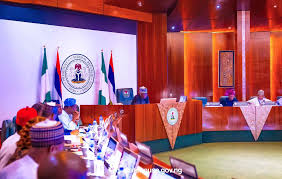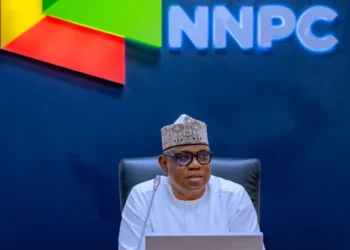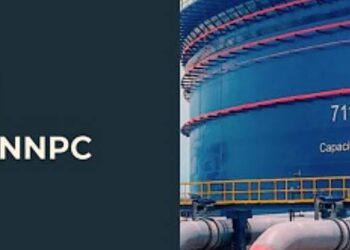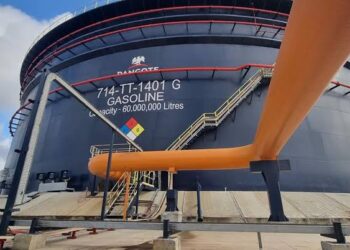The Nigerian Ministry of Environment has called for increased transparency and accountability concerning gas flaring emissions from international oil and gas companies (IOCs).
In 2023, the Nigerian National Petroleum Corporation reported that around 324 billion cubic feet (bcf) of gas were flared, leading to significant economic losses and environmental damage. Despite a slight decrease from previous years, data from the National Gas Flare Tracker indicates that Nigeria flared approximately 148.7 million standard cubic feet of gas in the first half of 2024—a roughly 7% increase compared to the same period in the previous year.
The Nigerian government notes that the country remains among the top ten globally for gas flaring volumes. However, there have been notable improvements in how gas flaring is managed. Historically, the focus was on maximizing oil production with little regard for the environmental impact of gas flaring.
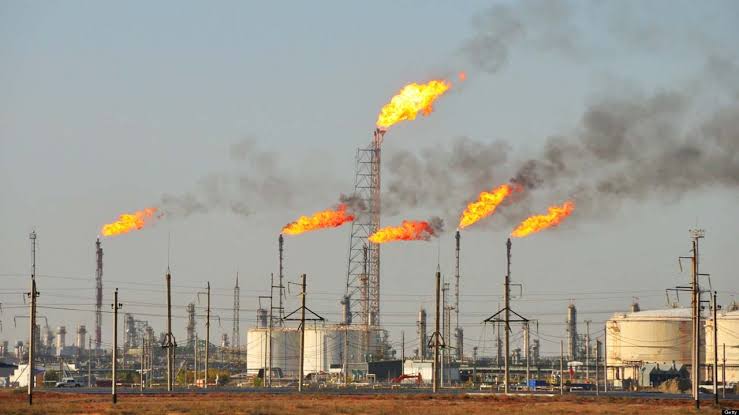
Since the introduction of the Nigerian Gas Flare Commercialisation Programme in 2016, efforts have been made to encourage investments in projects aimed at capturing and utilizing flare gas. Environment Minister Iziaq Kunle Salako discussed these issues at the third National Extractives Dialogue held in Abuja last week.
Salako explained that gas flaring has long been prevalent in Nigeria’s oil and gas sector due to a lack of infrastructure for capturing and utilizing gas. This practice has led to the continuous burning of gas in oil fields, resulting in the release of harmful pollutants into the atmosphere.
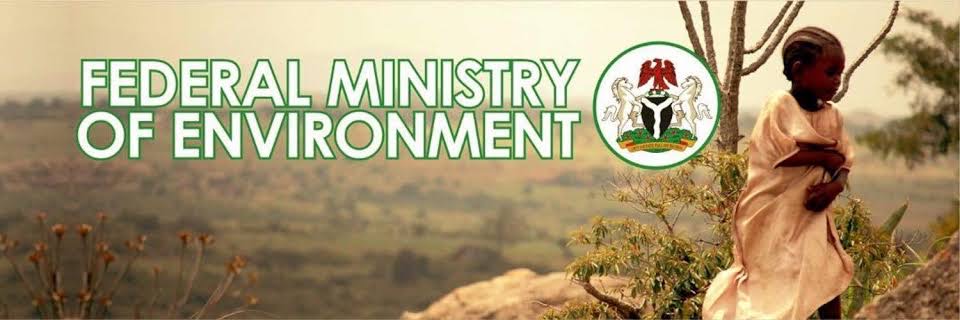
The National Oil Spill Detection and Response Agency (NOSDRA), the regulatory body under the Federal Ministry of Environment overseeing the oil and gas sector, is actively addressing issues related to gas flaring and methane emissions. NOSDRA has developed the Nigerian Gas Flaring Tracker system to monitor flare volumes and measure carbon dioxide emissions.
Salako highlighted that this advanced environmental regulatory tool is satellite-based, offering real-time monitoring of gas flaring activities and carbon emissions. This system aims to improve transparency and accountability within the oil and gas sector.
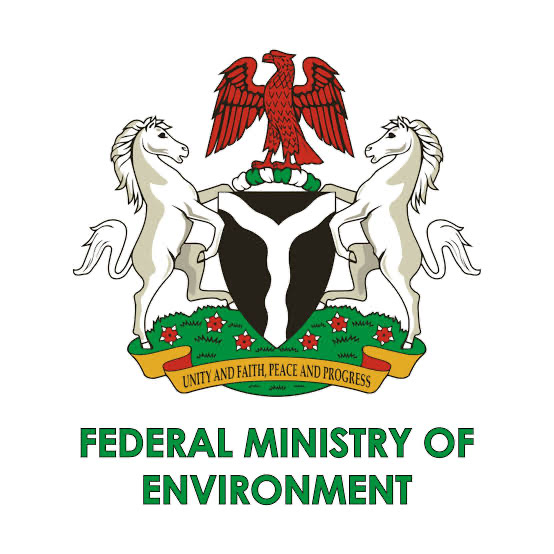
Despite these advancements, Salako acknowledged that Nigeria faces numerous challenges in tackling gas flaring. These include a lack of infrastructure for gas capture, storage, and transportation, insufficient regulatory enforcement, inadequate investment, technological gaps, and limited community involvement.
The Ministry of Environment is committed to eradicating gas flares from hydrocarbon operations by 2030. This goal will be pursued through enhanced regulations, increased investment, technology transfer, capacity building, community engagement, and other strategic measures.
By addressing these multifaceted issues, the Ministry aims to significantly reduce gas flaring, mitigate its environmental impact, and improve overall industry practices in Nigeria.





